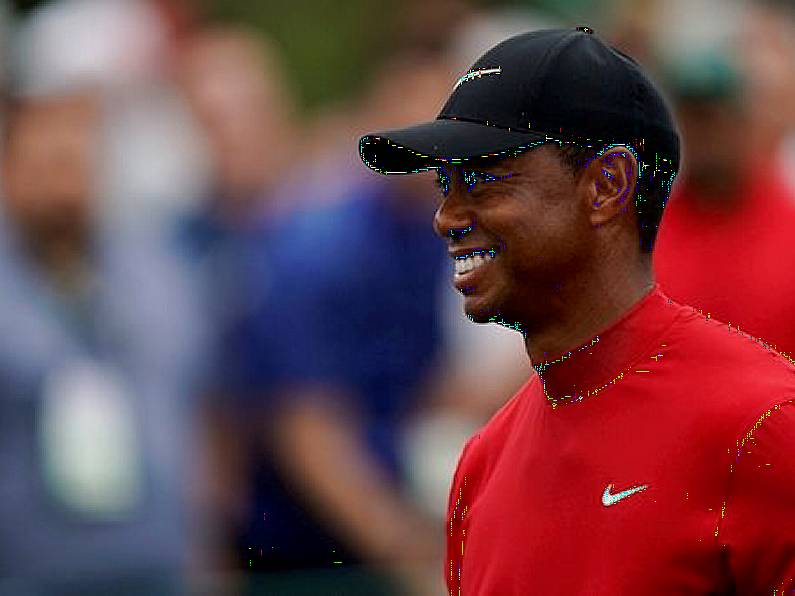In the days following Tiger Woods’s remarkable comeback win at The Masters, the worldwide golf industry welcomed the victory with the hope it will push the needle of interest in the sport to greater heights.
Already the comeback is being hailed as ‘the Tiger Effect 2.0’ with commentators cogitating on how the renaissance of golf’s most recognised player will have on the sport.
Chatting with a group of New York golfers playing the Old Head course in Kinsale during the week, all were decidedly upbeat on how the Woods win at Augusta will benefit golf worldwide, including Ireland.
“Tiger made the front pages across the world and guys that were thinking of playing Ireland this year have already been on to their travel agents booking their flights,” said one.
He’s made everybody up their interest in playing special places like Kinsale and Killarney.
At a time when the sport needed a hero, industry observers are hoping that the Woods return to centre stage will again result in a rise in golf participation, with an attendant boost in golf television contracts and increased PGA Tour prize money similar to how they grew subsequent to Woods’s debut as a professional golfer all those years ago.
Many have also referenced how the Masters win will impact on his association with The First Tee, a junior golf programme established in 1997 for economically disadvantaged areas across the US, and which has now expanded to six international locations.
In the 20 years of his professional career, Tiger Woods became the most popular and recognised sportsman on the planet, earning well over €1bn as a spokesman for everything from credit cards to sports drinks. His impact was also highlighted across the gambling industry.
In the decade following his victory at the 2008 US Open, he prompted a betting spike of up to 30%. At last year’s Masters, he accounted for almost 6% of all bets, a remarkable achievement given the 87-person field.
Golf continues to be an important and lucrative sector for Irish tourism, with golfers consistently among the highest yielding visitors.
Over 200,000 overseas visitors partake in Ireland’s 400 golf courses every year, contributing almost €270m to the economy and driving over 1.7m bed nights right across the country.
Up to 50% of golf tourists come from the US, with each North American golfer worth €1,800 on average to the economy, three times more than a leisure visitor.
In addition, over 80% of their spending is on activities not related to golf. Given the associated concerns around Brexit and a possible strengthening of the euro over sterling, Fáilte Ireland continues to showcase Irish courses to golfers from the North.
The sport is a key driver of visitors from the North, and has been identified as a priority target in helping prepare businesses for the impact of Brexit.
Paul Mockler, head of commercial development at Fáilte Ireland said:
We see golf as an important component in our strategy to grow and retain the Northern Irish market in the face of Brexit
“The market is of particular importance to the Irish golf industry, not just for the border counties, but right across the country, driving tourism growth outside of the better-known visitor hot spots.”
In terms of golf markets with the greatest future potential, China figures high on every international tourist body’s wish- list. Indeed, given that Li Haotong, one of China’s best-known golfers, teed off in the same opening round group as Tiger Woods at last week’s Masters serves to underline that country’s growing prominence in the sport.
In 2018, both of them tied for 32nd place at Augusta. China is the largest outbound travel market in the world, with Ireland having attracted 100,000 visitors from there in 2018.
Tourism Ireland aims to increase Chinese visitor numbers to 175,000 per year, by 2025 — an ambition helped significantly with the recent introduction of Cathay Pacific’s flight between Dublin and Hong Kong.
A record 26 Irish tourism companies are scheduled to travel to China in May, part of Tourism Ireland’s 2019 sales mission in the cities of Guangzhou, Chengdu, Shanghai, and Beijing.






